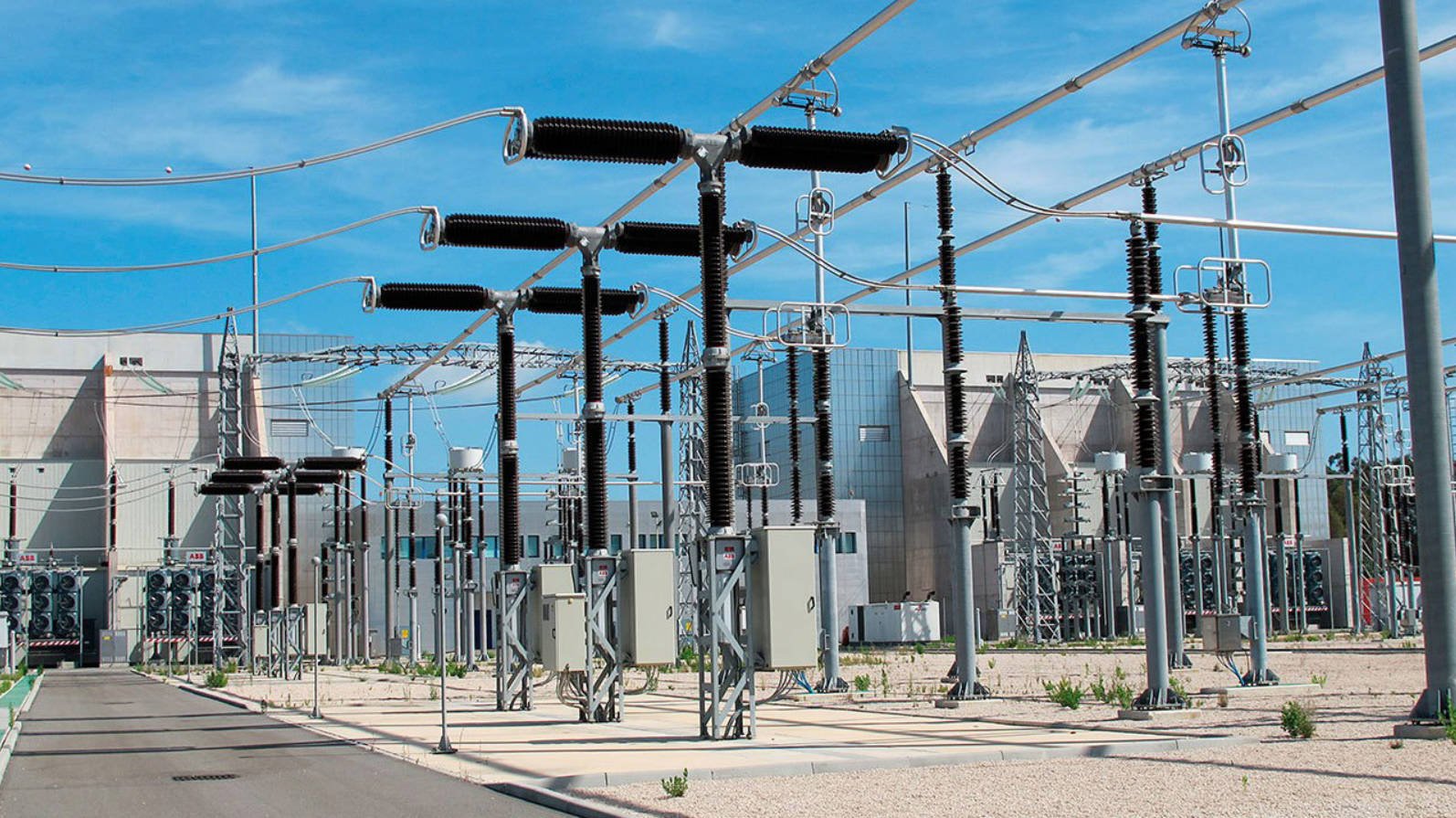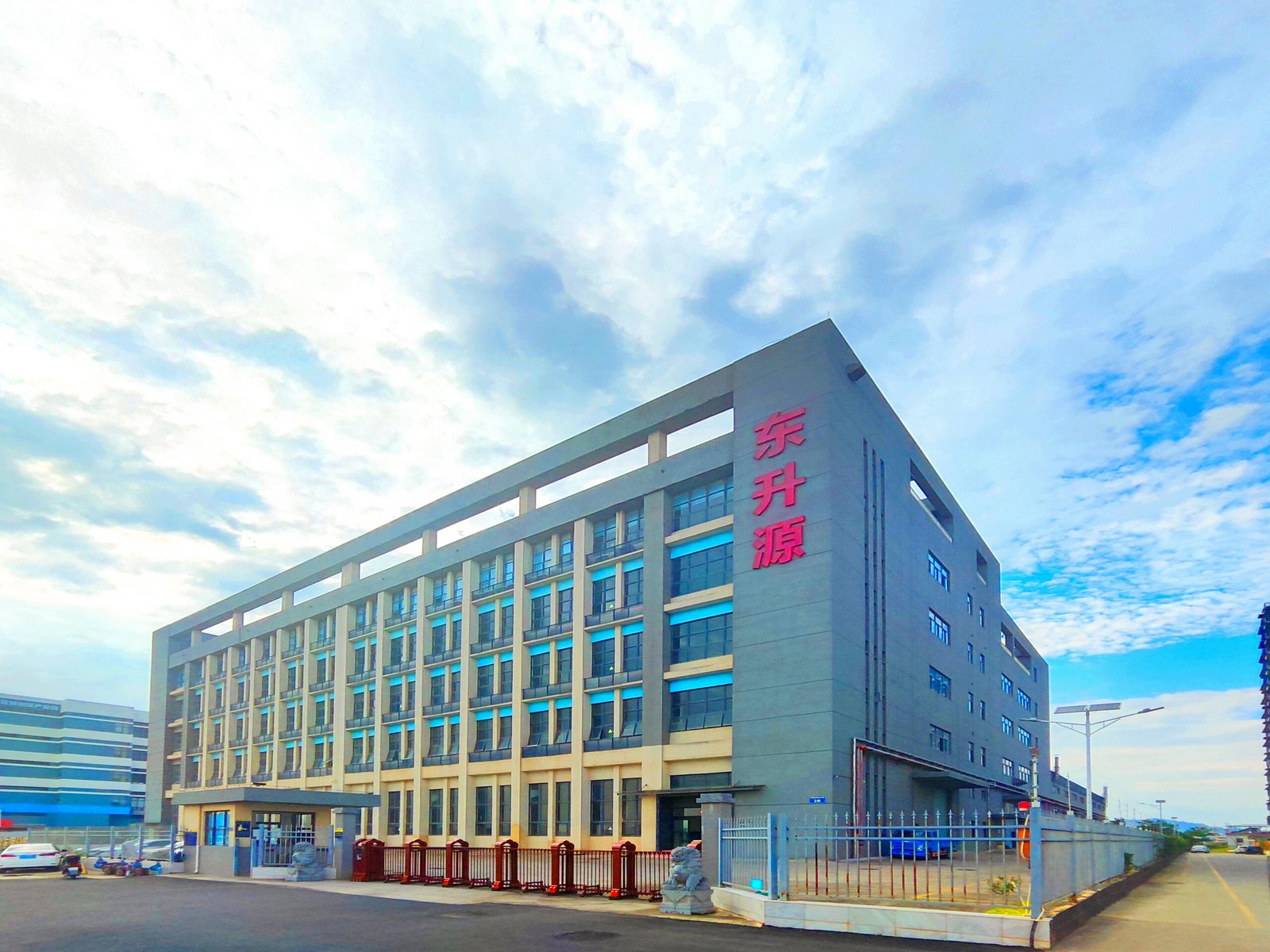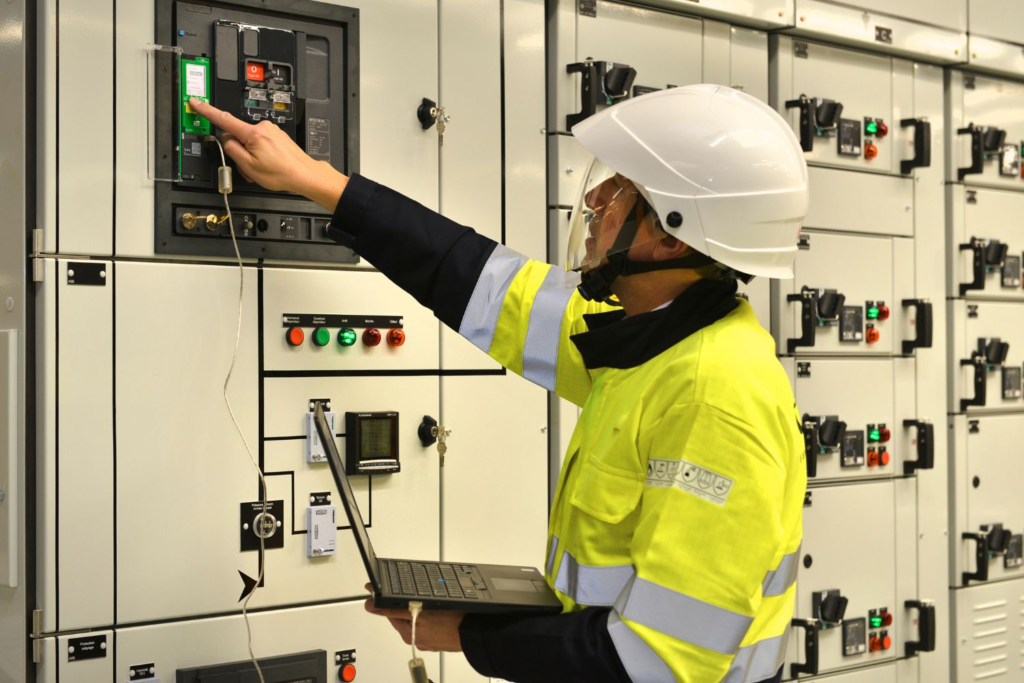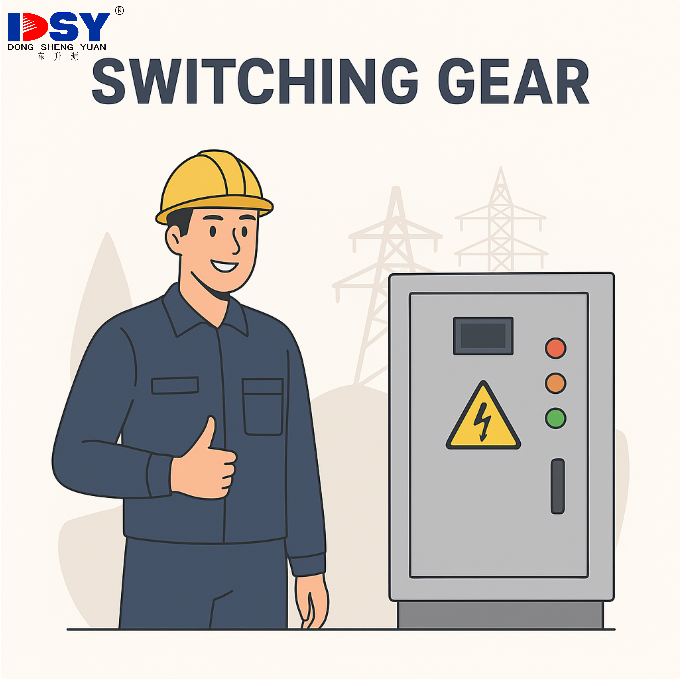AIS vs GIS Switchgear: How to Select the Right Type for Your Power Project
Understand risks, real-world cases, and expert tips to make informed decisions about switchgear investments.
1. Introduction
Choosing the wrong type of switchgear—Air-Insulated (AIS) or Gas-Insulated (GIS)—can lead to costly rework, space constraints, or system downtime. In a South American substation upgrade, the decision to use AIS delayed commissioning was due to an overestimation of land availability. This guide is designed as a practical purchasing tool for EPC contractors, utilities, and facility engineers, helping you avoid such pitfalls.

2. AIS Switchgear
2.1 Structure and Principle
AIS switchgear uses ambient air for insulation, with visible gaps and clearances as per IEC 62271. It is widely adopted where cost control and technician familiarity are key.
2.2 When to Choose AIS
AIS is ideal for rural substations, renewable energy farms, or industrial zones with available space. It works best when local maintenance is preferred and budgets are constrained.

2.3 Benefits
- Lower capital expenditure (CAPEX)
- Open access simplifies fault diagnosis
- No need for highly specialized maintenance skills
2.4 Limitations
- Larger footprint due to required air clearances
- Exposure to dust, wildlife, and weather risks
2.5 Example Case
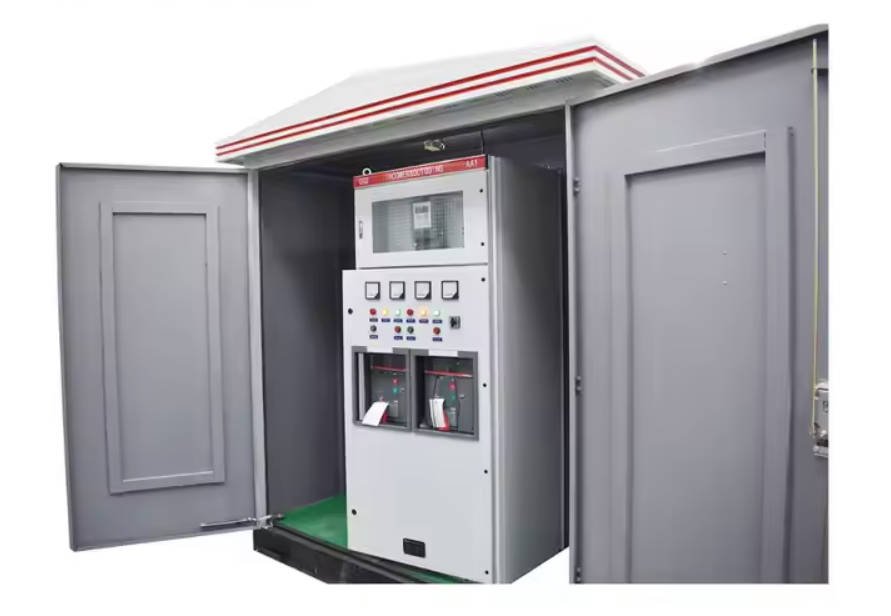
A 24kV AIS deployment by DSY in Southeast Asia helped a village-level substation reduce procurement cost by 30% while enabling local teams to maintain equipment without external support.
3. GIS Switchgear
3.1 Design Overview
GIS switchgear uses SF6 or eco-friendly gases to insulate components inside sealed metal enclosures. This enables high dielectric performance in confined spaces.
3.2 When to Choose GIS
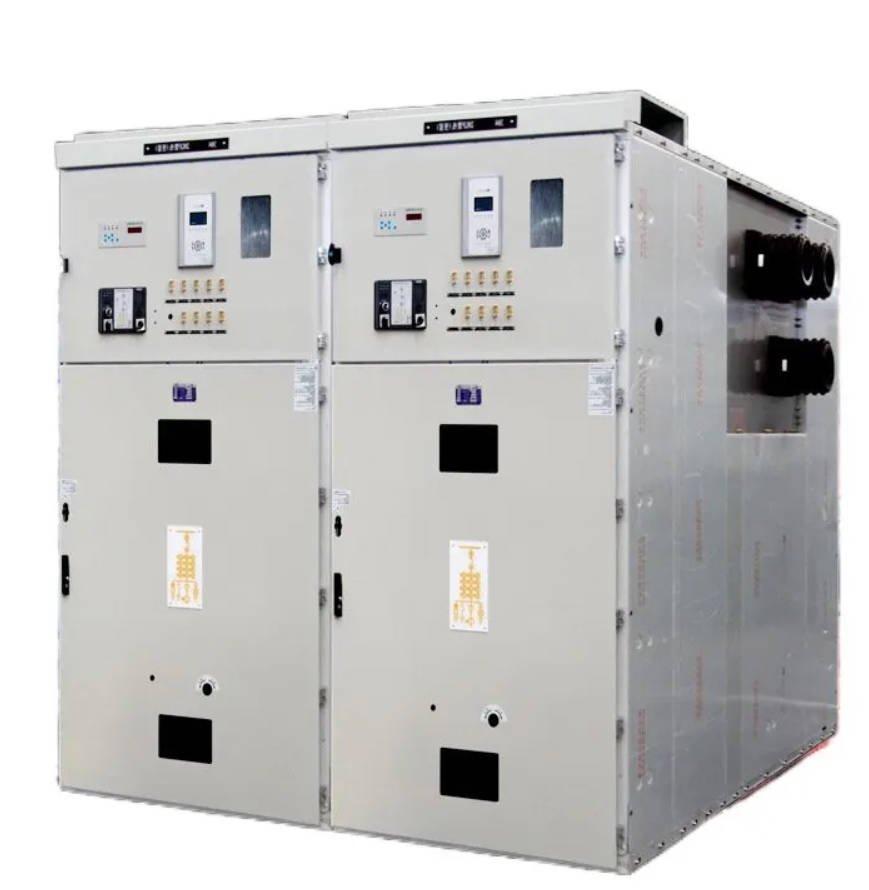
Use GIS for indoor substations, tunnels, metro stations, or coastal environments. Its IP65+ rating makes it suitable for polluted and corrosive conditions.
3.3 Benefits
- Up to 70% space savings compared to AIS
- Lower failure rates and arc protection
- Minimal maintenance and superior environmental sealing
3.4 Limitations
- Higher upfront investment
- Requires SF6 compliance and trained technicians
3.5 Example Case
In a Middle Eastern metro project, DSY’s 36kV GIS enabled a 40% reduction in switchgear room size and improved system uptime by eliminating dust-related faults.
4. AIS vs GIS Comparison
| Criteria | AIS | GIS | Purchasing Tip |
|---|---|---|---|
| Insulation Medium | Air | SF6 / Eco-gas | Eco concern? Consider SF6-free GIS options. |
| Footprint | Large | Compact | Urban sites: Prioritize GIS to save civil costs. |
| Installation Site | Outdoor, rural | Underground, indoor | Space-limited projects go GIS. |
| Maintenance | Visual, simple | Special tools required | No skilled staff? Choose AIS. |
| Environmental Tolerance | Moderate | High | Near sea/desert? GIS performs better. |
| Initial Investment | Lower | Higher | Short project? AIS saves upfront cost. |
5. Application Guidance
- Utilities: AIS for cost-driven grid extensions; GIS for city substations.
- Industrials: GIS for compact factories, high reliability zones.
- Renewables: GIS for offshore wind/solar; AIS for open-field PVs.
- Transport: GIS for metro, tunnels, and airports.
Warning: Choosing AIS in a tunnel or indoor project can increase fire and failure risk.
6. Real Case Examples
6.1 Rural Grid Deployment – Southeast Asia
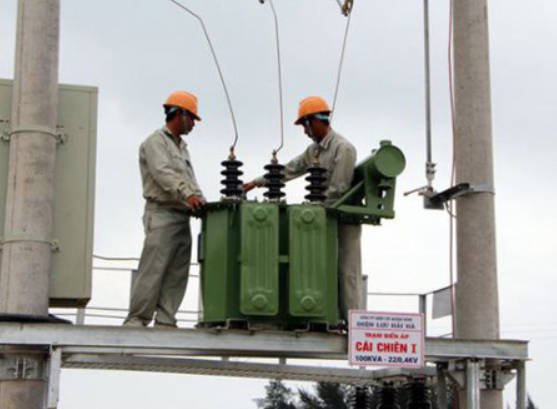
Client: National Electrification Agency
Challenge: Budget-limited rural electrification
Solution: 12kV AIS with local maintenance capability
Outcome: 98% uptime with 30% lower CAPEX vs GIS
6.2 Urban Metro Project – Middle East
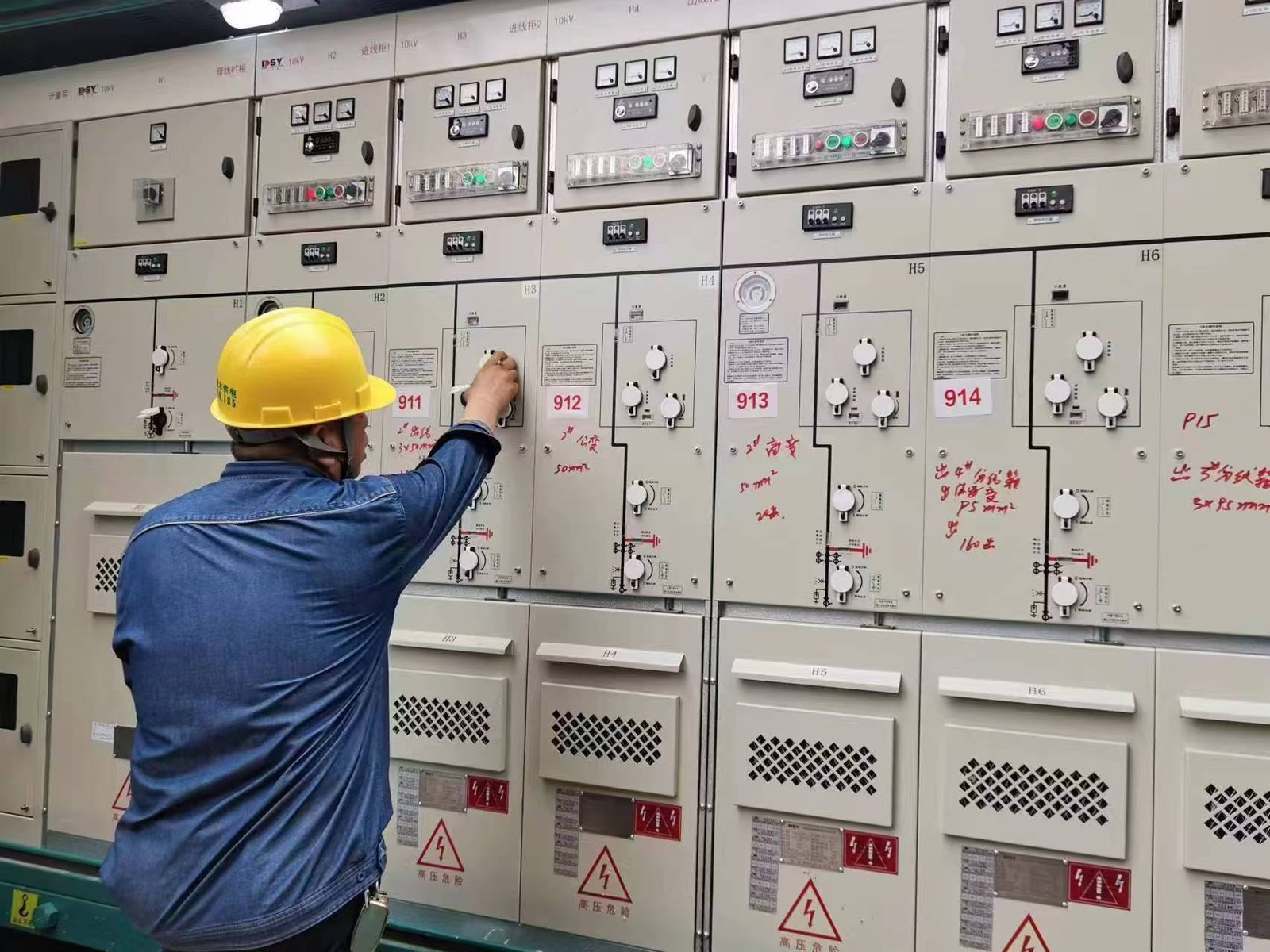
Client: Government Metro Authority
Challenge: Space-constrained substation near the tunnel
Solution: DSY 36kV GIS switchgear with IP67-rated housing
Outcome: Substation size reduced by 40%, zero service downtime in 18 months
7. Standards You Should Look For
- IEC 62271: Ensures safety, insulation, and arc-proof operation
- GB/T 3906: Mandatory for MV metal-enclosed switchgear in China
- ISO 9001: Assures consistent factory quality
- ISO 14001: Compliance with environmental management
- ISO 45001: Worker safety across production and installation
- CE Marking: Required for entering EU markets



8. Conclusion
Don’t let footprint, maintenance gaps, or regulatory hurdles derail your substation. Match your switchgear type to your environmental conditions, budget, and timeline. DSY’s engineers can help you make the right technical choice, backed by certified manufacturing and years of global experience.
